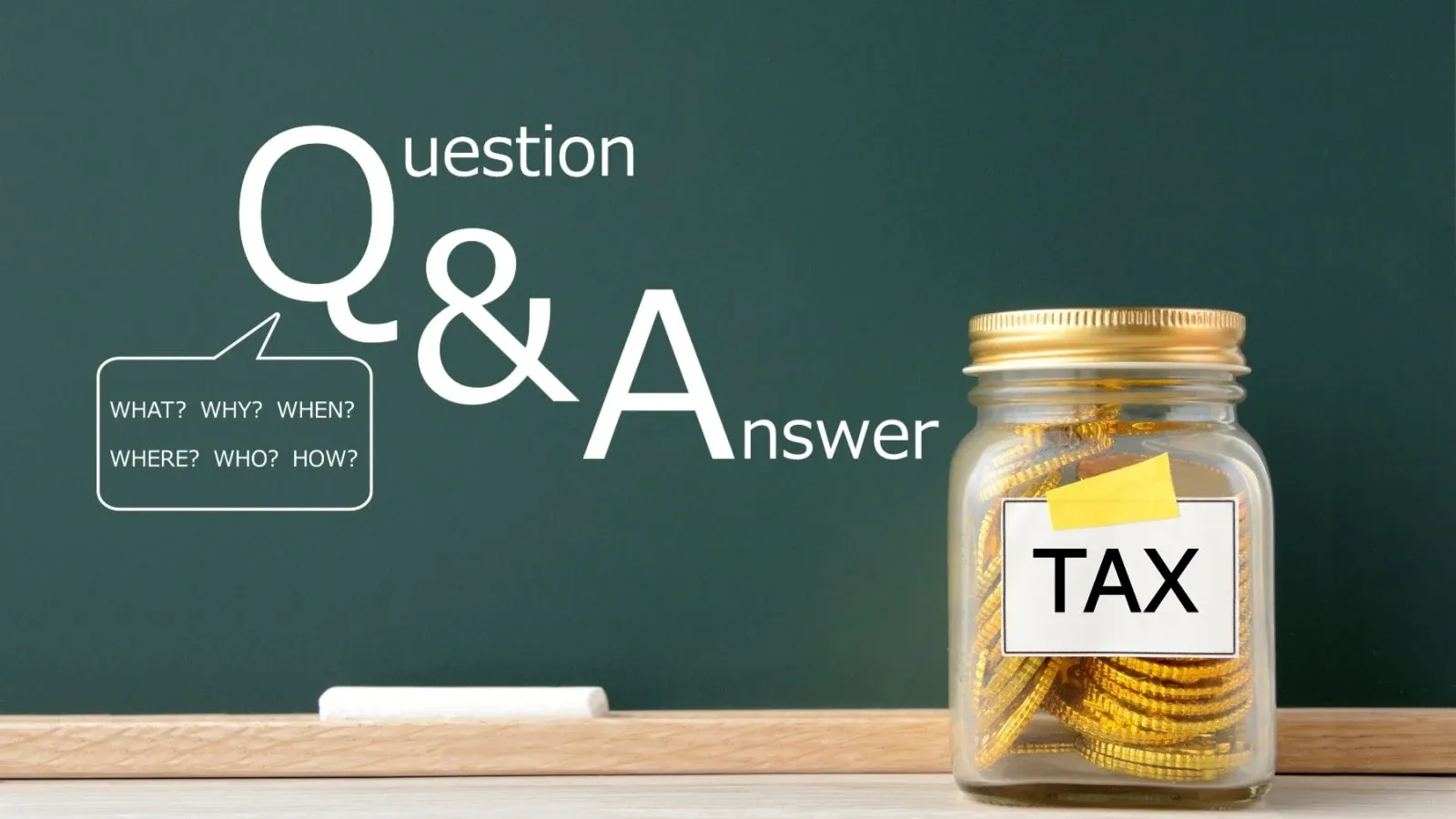Personal Finance News
Tax Q&A: How can I minimise income tax on ₹25 lakh severance pay and ₹5 lakh TDS?

5 min read | Updated on November 11, 2025, 16:25 IST
SUMMARY
Under the old tax regime, you can make several tax-saving investments till March 31, 2026 and claim deductions and exemptions that are not available in the new tax regime. However, you should not rush into such investments.

Tax slabs and rates under the new regime have been eased for the benefit of taxpayers. | Image source: Shutterstock
Layoffs not only leave employees desperately searching for new job opportunities but also looking for ways to save as much as possible from what they receive.
For instance, a reader, who recently lost his job at an MNC, wrote to us saying he will receive ₹25 lakh as severance pay but the company will deduct ₹5 lakh as TDS. He wants to know if there are legal ways to minimise his taxes, as he expects no income for the next 4-6 months. Here's his query:
"I recently lost my job at an MNC firm due to role redundancy. I will be getting around ₹25 lakh as part of the severance package from my employer. However, I will lose around ₹5 lakh as TDS from my severance payout. How can I legally minimise my tax liability as I won't have an income for the next 4-6 months?"
But you need to be sure whether you will benefit from those ways.
Understand your options
Under the old tax regime, you can make several tax-saving investments till March 31, 2026 and claim deductions and exemptions that are not available in the new tax regime.
However, you should not rush into such investments without properly assessing their impact on your current cash-flow needs and your final tax liability.
Moreover, the tax slabs and rates under the new regime have been eased for the benefit of taxpayers from FY 2025-26. So it is important to determine which regime is better for you before making any decision.
Factors to consider
Whether tax-saving investments will help you minimise tax will depend on factors like:
-
Your total tax liability
-
Choice of income tax regime
-
Deductions/exemptions that you can legally claim
-
Severance agreement details
Under the new tax regime, you don't need to make any tax-saving investments. However, if the old regime works for you, you can make such investments till March 31, 2026, to reduce your liability and claim a refund if excess tax has been deducted by the employer. For instance, you can claim the following popular deductions and exemptions in the old regime:
-
House Rent Allowance (HRA)
-
Deduction up to ₹1.5 lakh under Section 80C (PPF/life insurance/home loan principle/tax-saving FD/ELSS etc)
-
Additional deduction up to Rs 50,000 for NPS contribution
-
Deduction up to ₹25,000 for health insurance
-
Deduction up to ₹2 lakh for home loan interest
There are more options for deductions that can be claimed in the old regime, but you first need to be sure if this regime is beneficial for you.
Ensure the severance agreement includes a break-up of all components such as gratuity, leave encashment, and severance compensation, etc.
You can claim tax exemption on the gratuity amount up to ₹20 lakh. Leave encashments are also eligible for partial exemption for private sector employees. You should check your eligibility for these exemptions.
Also, check if you qualify for any capital gains tax relief against your investments.
However, you should consider tweaking your ongoing investments only after confirming the tax implications on your current financial situation.
What happens to the TDS?
TDS deduction by the employer is a regulatory compliance that can't be avoided. The employer calculates the total tax liability of the employee and deducts it from the salary. The amount so deducted is paid to the income tax department as tax.
The employee can claim the excess TDS deducted by the employer as a refund. This means you can't stop your employer from deducting the TDS. However, if the tax deducted is more than your tax liability, then you can claim the extra amount as a refund after filing your Income Tax Return (ITR) in 2026.
By signing up you agree to Upstox’s Terms & Conditions
About The Author
Next Story

